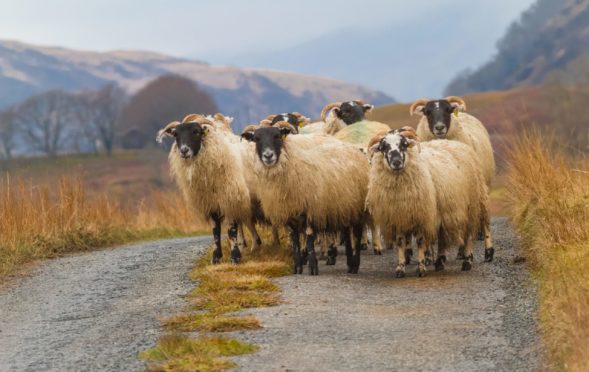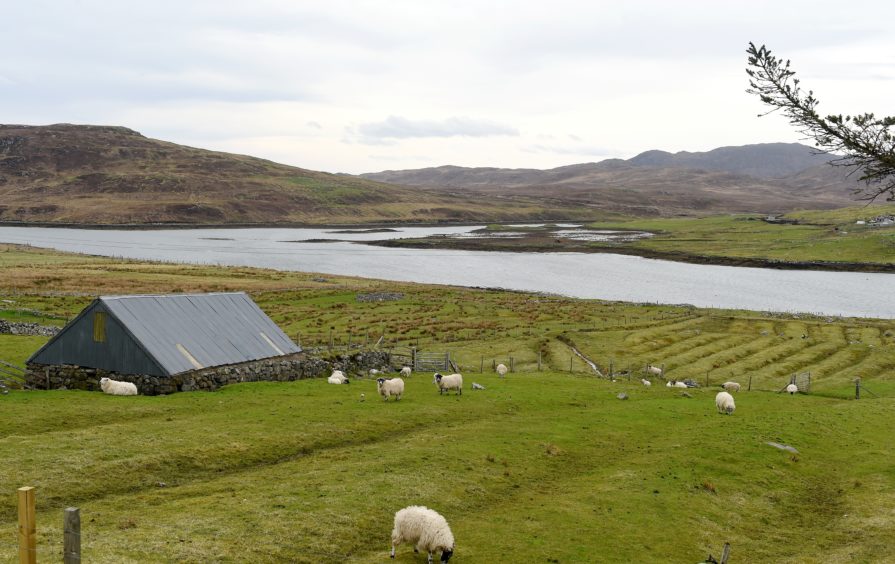The Scottish Crofting Federation recently wrote to the current board of Crofting Commissioners, whose term of office is approaching completion, asking them to reflect on their watch at the helm of the crofting regulator.
Referring to the deterioration of the crofting system, we asked what is preventing the commission from being the effective custodian we all want and what is required to restore crofting to good health?
It is not secret that the Crofting Commission – both board and staff – feel that they are restricted by the current law and a lack of resources. That is exactly the point we are making.
What are the specific areas of law that can be identified for reform, that would lift the legal fetters? What resources are needed to regulate and enforce duties effectively?
We hoped that they would take the letter in the spirit it was intended, that their perspective is unique and their advice is urgently needed to help decisions taken by Scottish Government.
We have had no reply to these important questions, but there has been progress.
Progress
At the board meeting of the Crofting Commission this week, a report was presented entitled “Consideration of the Market in the Assignation of Croft Tenancies”.
It gives some background detail on the emergence of a developing market in croft tenancies in the context of crofting legislation and reflects on how this has been periodically debated over a number of years.
It points out that there have been attempts by the Crofting Commission to control prices within the tenancy assignation process and to devise a formula for assessing the value of crofts, though this was not successful.
It reminds the commissioners that it has been concluded that stricter regulation and enforcement of duties can have the desired suppression of prices whilst increasing residency and use of crofts. Various options for Commission determination were provided.
After a short debate amongst the Commissioners, which included attempts to frame the problem as lying elsewhere – part of a global housing problem – and the suggestion that crofters could take a principled stand and not sell for the market price, all acknowledged that better/tougher regulation is a realistic way to help depress prices, though to do it effectively would require more resource.
This could include follow-ups on new entrants to make sure they are at least doing some of what they said they would do when they took the assignation.
The suggestion of changing the law so that the commission had to approve owner-occupancy transfers, an area that frustrates control of assignations, was approved of, and the possibility of a croft loan scheme for those who didn’t have access to capital was raised (again).
The debate concluded with the commissioners agreeing that another paper would be prepared on this topic, in which they would suggest how the commission could deal with it.
Solutions sought
The paper will be presented at the next board meeting on December e, at which the Cabinet Secretary with responsibility for crofting, Mari Gougeon, will be present.
The paper presented at the meeting, ‘paper number 10’, is available on the Crofting Commission website in ‘About us – board – papers’ and minutes of the meeting will be available online soon, I expect.
The next paper on this topic will appear on the commission website ready for the next board meeting.
Will it address the issues and make recommendation to Scottish Government? There is a lot of hope.
* Patrick Krause is chief executive of the Scottish Crofting Federation.

